Natalie Sherman & Charlotte Edwards
BBC News business reporters

 Getty Images
Getty Images
US inflation increased by more than expected last month, as higher egg and energy prices helped to push up the cost of living for Americans.
Inflation rose to 3% in January, its highest rate for six months, and above the 2.9% expected by economists.
The rise comes weeks after the US central bank decided to hold interest rates, saying there was significant uncertainty about where the economy might be headed.
It poses a challenge to US President Donald Trump, who made tackling inflation a centrepiece of his election campaign last year, but has put forward policies, such as higher tariffs on imports, that economists say risk pushing up the pace of price rises.
Ryan Sweet, chief US economist at Oxford Economics, said the latest report could put pressure on Trump to reconsider those plans, which would raise taxes on goods entering the country.
"Tariffs can still be used as a bargaining tool to get some concessions from other countries, but the political optics of putting even a little upward pressure on consumer prices via tariffs wouldn't be great for the Trump administration," he wrote.
The uptick in prices last month was wide-ranging, affecting car insurance, airfare, medicine and other basics.
Grocery prices climbed 0.5% over the month, compared with 0.3% in December, as egg prices surged more than 15% amid shortages caused by outbreak of avian flu.
That marked the biggest monthly increase in nearly a decade, the Labor Department said.
Prices for clothing, by contrast, declined, while rents and other housing related costs increased 4.4% over the last year, marking the smallest 12-month increase since January 2022.
Core inflation, which strips out food and energy and is seen by analysts as a better measure of underlying trends, rose 0.4% over the month, the fastest pace since March.
"This is not a good number," said Brian Coulton, chief economist at Fitch Ratings.
"It illustrates how the [Federal Reserve] has not completed the job of getting inflation back down just as new inflation risks - from tariff hikes and a squeeze on labor supply growth - start to emerge."
The Federal Reserve raised interest rates sharply starting in 2022, hoping higher borrowing costs would cool the economy and ease pressures that were pushing up prices.
It had started cutting rates in September, saying it wanted to avoid any further cooling.
But signs of persistent inflation above the bank's 2% target in recent months prompted it to keep interest rates unchanged in January.
Federal Reserve chairman Jerome Powell told Congress on Tuesday that the bank was in little hurry to cut rates further.
He noted that it remained unclear how Trump's tariff plans would shape the Fed's policies, since the measures could prompt a slowdown in the economy, alongside a rise in prices.
On Wednesday, Trump called on the Fed to lower interest rates to go "hand-in-hand" with tariffs.

 Movie
Movie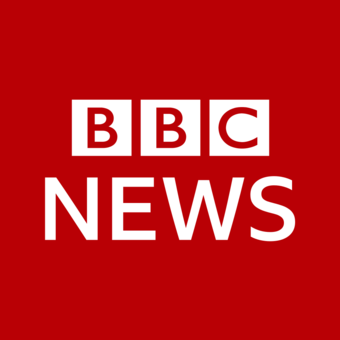 1 month ago
38
1 month ago
38 
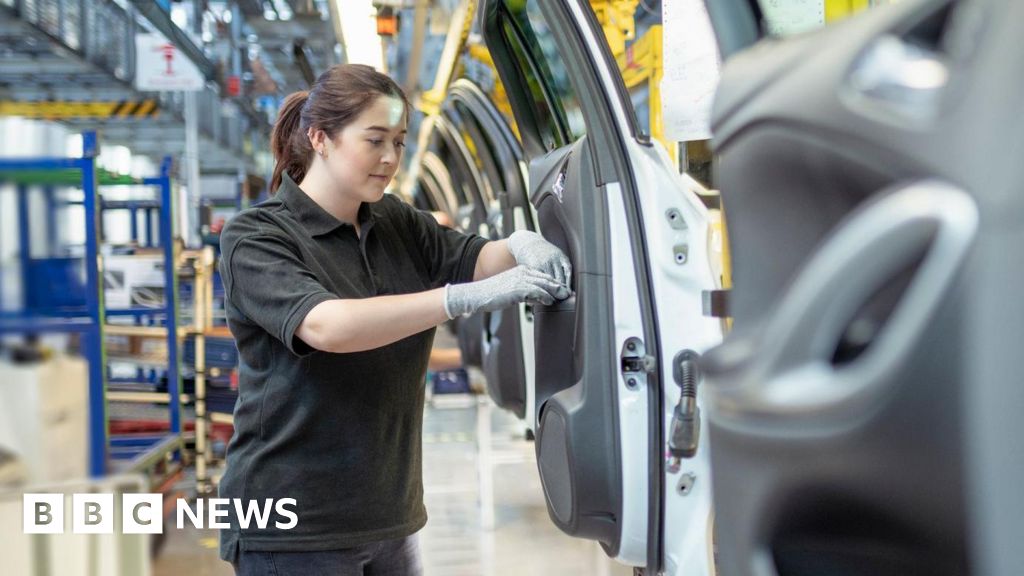
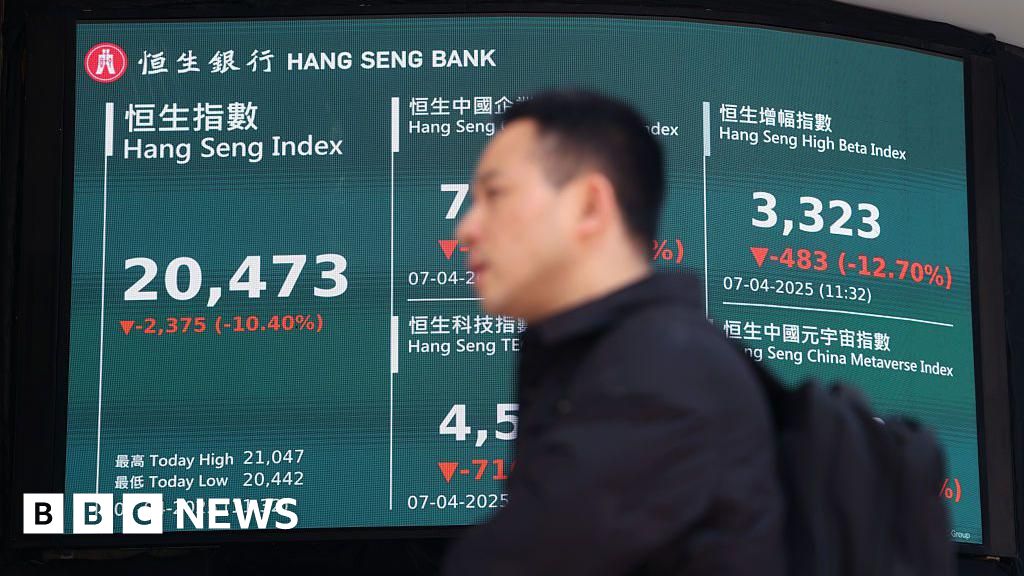
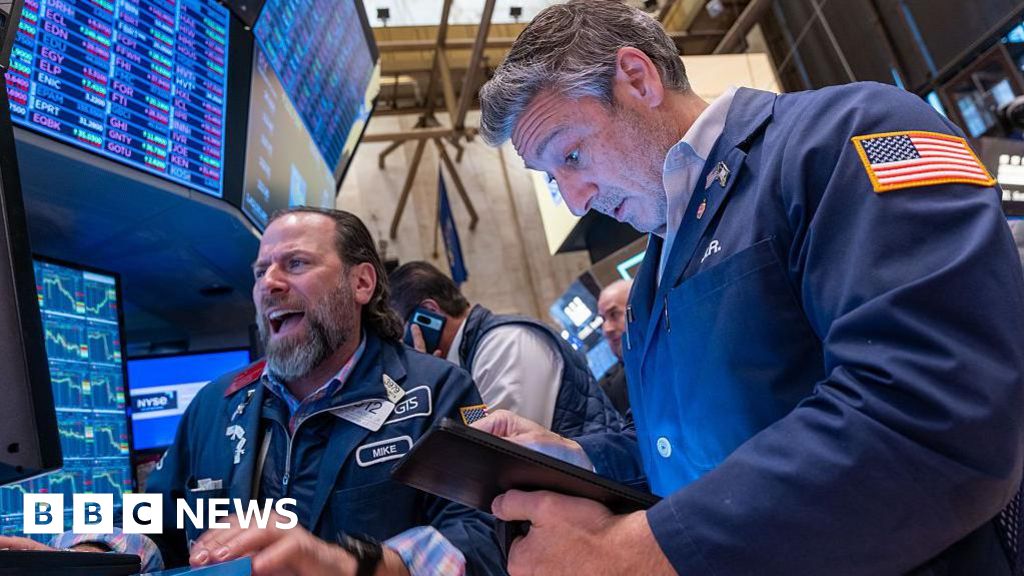

![Presidents Day Weekend Car Sales [2021 Edition] Presidents Day Weekend Car Sales [2021 Edition]](https://www.findthebestcarprice.com/wp-content/uploads/Presidents-Day-Weekend-car-sales.jpg)
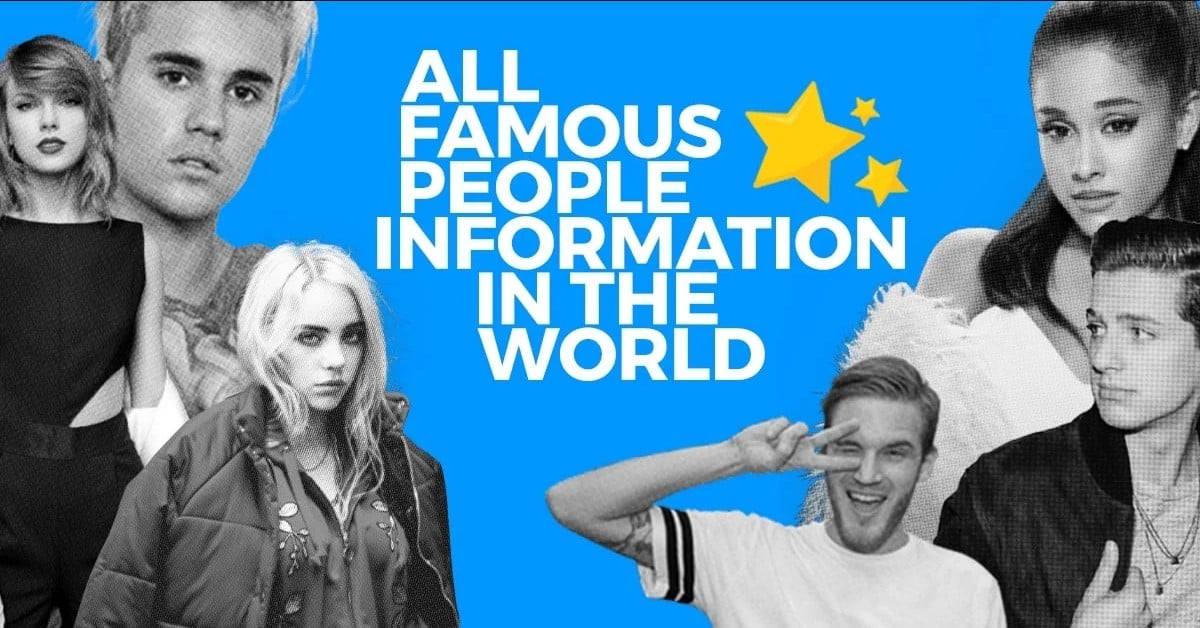


 English (United States)
English (United States)